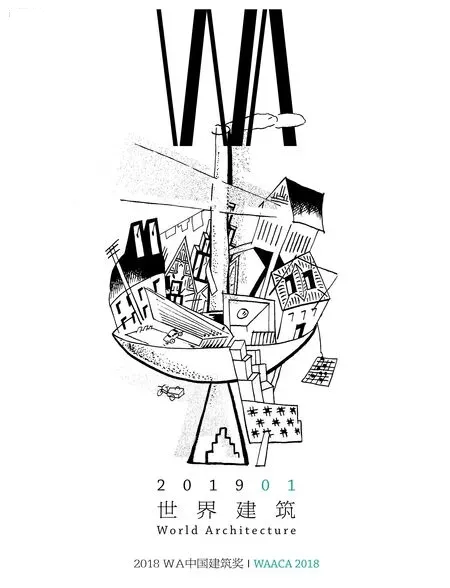常德老西门复兴(一至三期),湖南,中国
建筑设计:曲雷,何勍,王强,童佳明/北京中旭建筑设计有限责任公司
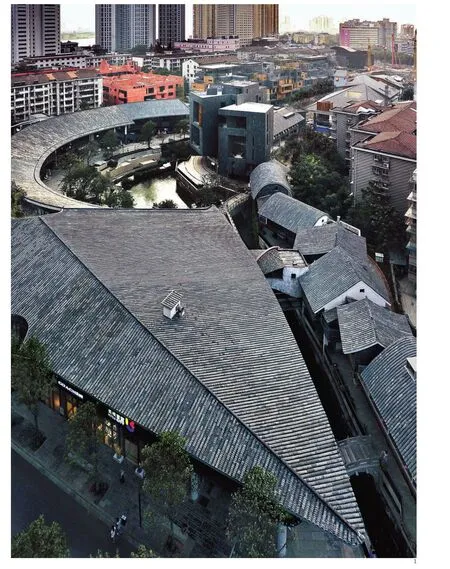
1 葫芦口区域鸟瞰/Aerial view of Hulukou Plaza
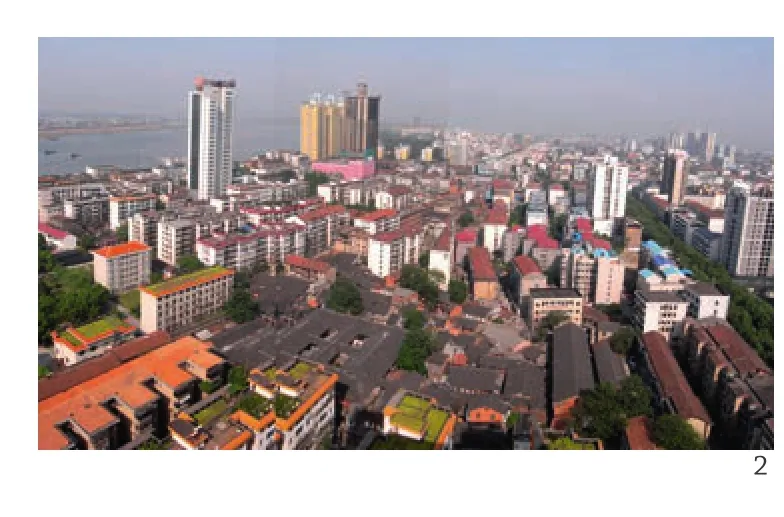
2 改造前片区鸟瞰/Aerial view of the renovation area

3-5 改造前地区风貌/Townscape before the renovation(2-5图片来源/Sources: 理想空间工作室/Ideal Space Studio)
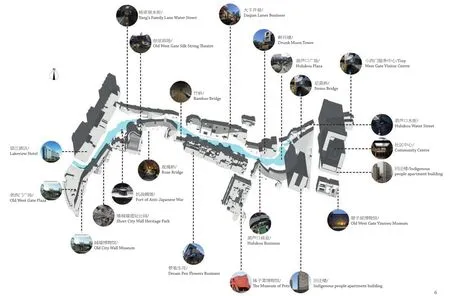
6 片区整体总图/Urban design of the renovation area
项目信息/Credits and Data
客户/Client: 常德市天源住房建设有限公司/Changde Tianyuan Building Construction Co., Ltd.
地点/Location: 湖南常德武陵区/Wuling District, Changde City, Hunan Province
主创建筑师/Principal Architects: 曲雷,何勍,王强,童佳明/QU Lei, HE Qing, WANG Qiang, TONG Jiaming
设计团队/Project Team: 杨永贵,李忠盛,张慧,李严,王雅萍,许东亮,李廷平,刘军/YANG Yonggui,LI Zhongsheng, ZHANG Hui, LI Yan, WANG Yaping, XU Dongliang, LI Yanping, LIU Jun
建筑面积/Floor Area: 总计200,000m2(包含居住75,000m2,商业65,000m2,文化10,000m2)/200,000m2in total (Incl. Residential Area 75,000m2, Commercial Area 65,000m2, Cultural Area 10,000m2)
设计时间/Design Time: 2011.05
建成时间/Completion Time: 三期2017.09/Phase III 2017.09
摄影/Photos: 张广源/ZHANG Guangyuan (fig.1,8-12,17,19-23),楼洪忆/LOU Hongyi (fig.13,24),何勍/HE Qing (fig.7,14,16),王永刚/WANG Yonggang (fig.18)
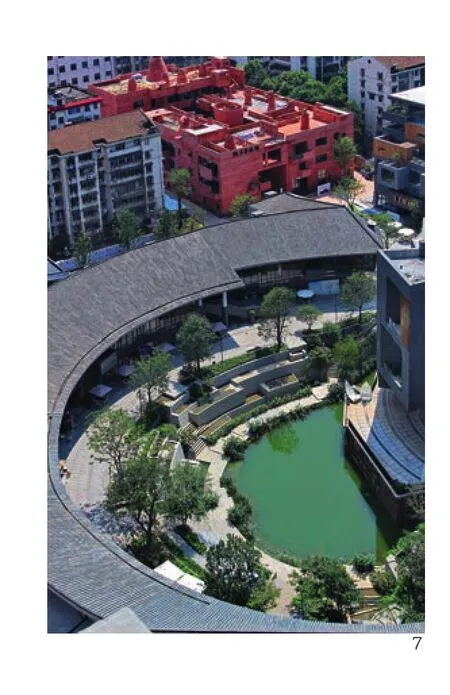
7 葫芦口商业/Hulukou businesss
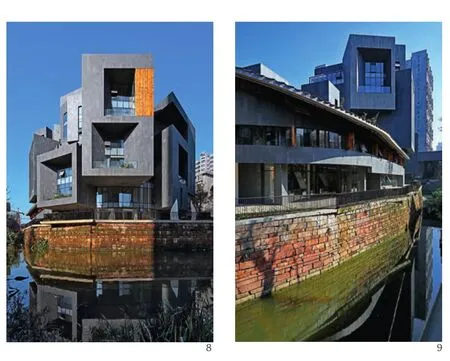
8.9 醉月楼/Drunk Moon Tower
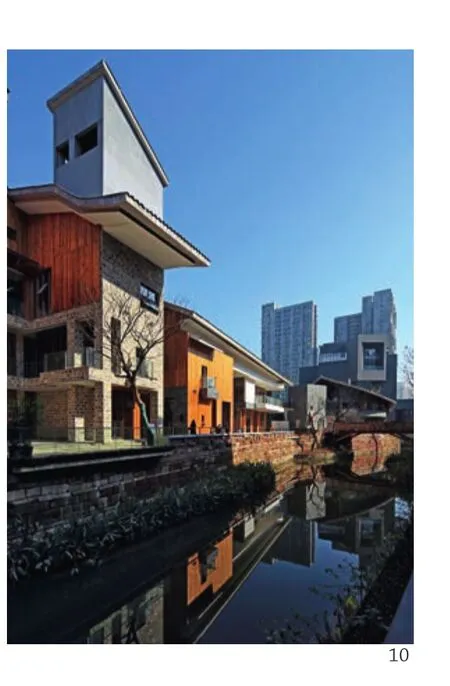
10. 大千井巷/Daqian Lanes business
在中国湘西北一座小城,围绕老护城河残迹破败的棚户区,建筑师用7年时间,实践了一次社会与城市的再造。总面积200,000m2、32栋房子、18座桥、600m护城河、1600户回迁居民,“老西门”项目由居住、文化、商业3类建筑及沿护城河遗址的线性公园组合而成。
遍布中国的“棚户区改造”,让原住民回迁原址还是搬去郊区?是否有一种设计能带来100%的真正意义的回迁?货币补偿是否意味着公平?面对老城的历史与肌理,是否有一种新的文脉可以承接过去应对未来?是否商业设施的建设可以弥补回迁行为的资金缺口?是否可以让博物馆、剧场等文化类型的建筑引领城市的精神生活?在“老西门”,设计者提出了与常规房地产开发不一样的模式,呈现出不一样的答案。
“我们回迁的不仅仅是房子,而是情感的维系、生活方式的锚固、精神的家园。”——自何勍“老西门日记”。
In a small town in northwestern Hunan,China, architects have spent seven years in a social and urban redevelopment around the ruined shantytowns of the old moat. Within 200,000 square metres, let's look at the following statistics:32 houses, 18 bridges, a 600-metre-long moat, and 1600 households moving back to the site. The "Old West Gate" project is a combination of residential,cultural, commercial buildings and a linear parks along the old moat site that contributes to the surrounding neighbourhood.
For thousands of "shantytowns" projects across China, should the aborigines have the right to be returned to their original sites? Or do they have to move to the farther suburbs of another shabby living area? Is there a design solution that can make "100% moving back" happen? Does monetary compensation mean equity? Facing the history and texture of the old city complex, is there a new context that can take over the past and the future?Is the construction of commercial facilities able to make up for the shortage of funds for relocation,and can museums, theatres contribute to the uplift of spiritual life? In "Old West Gate", the team adopted a different approach from the conventional real estate development, offering a different answer to city renovation.
"It's not just the house that we move back, it's the maintenance of our emotions, the anchorage of our way of life, and it's a spiritual home." (From "the diary of Old West Gate" by HE Qing).
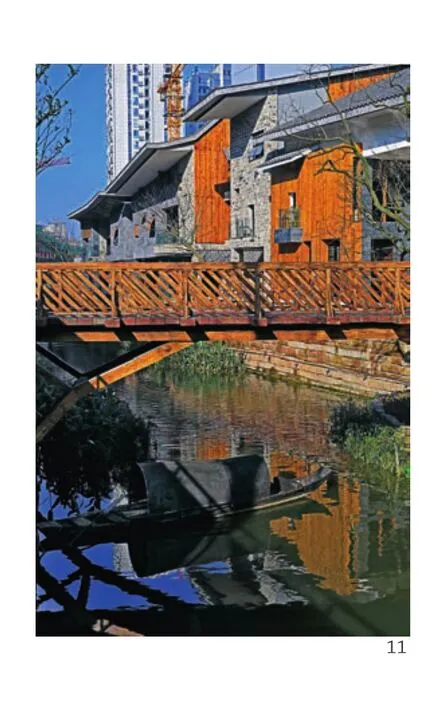
11 大千井巷/Daqian Lanes business
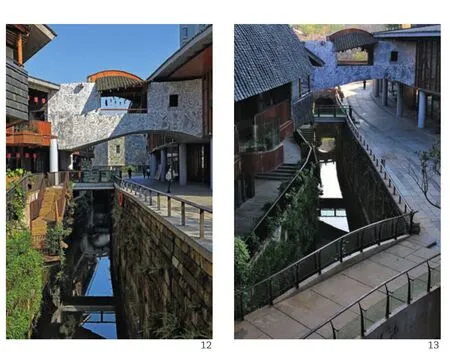
12.13 尼莫桥/Nemo Bridge
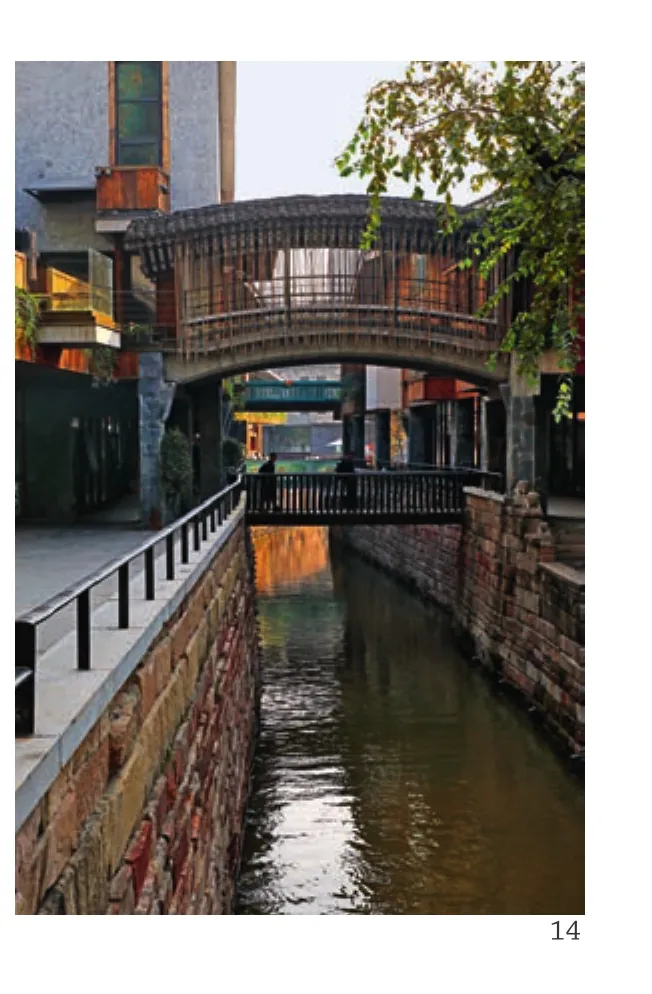
14 葫芦口水街/Hulukou Water Street
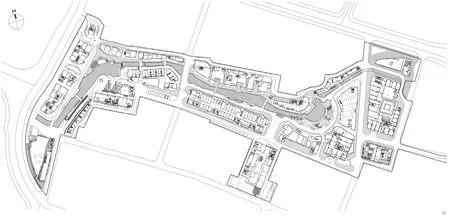
15 首层平面/Ground floor plan
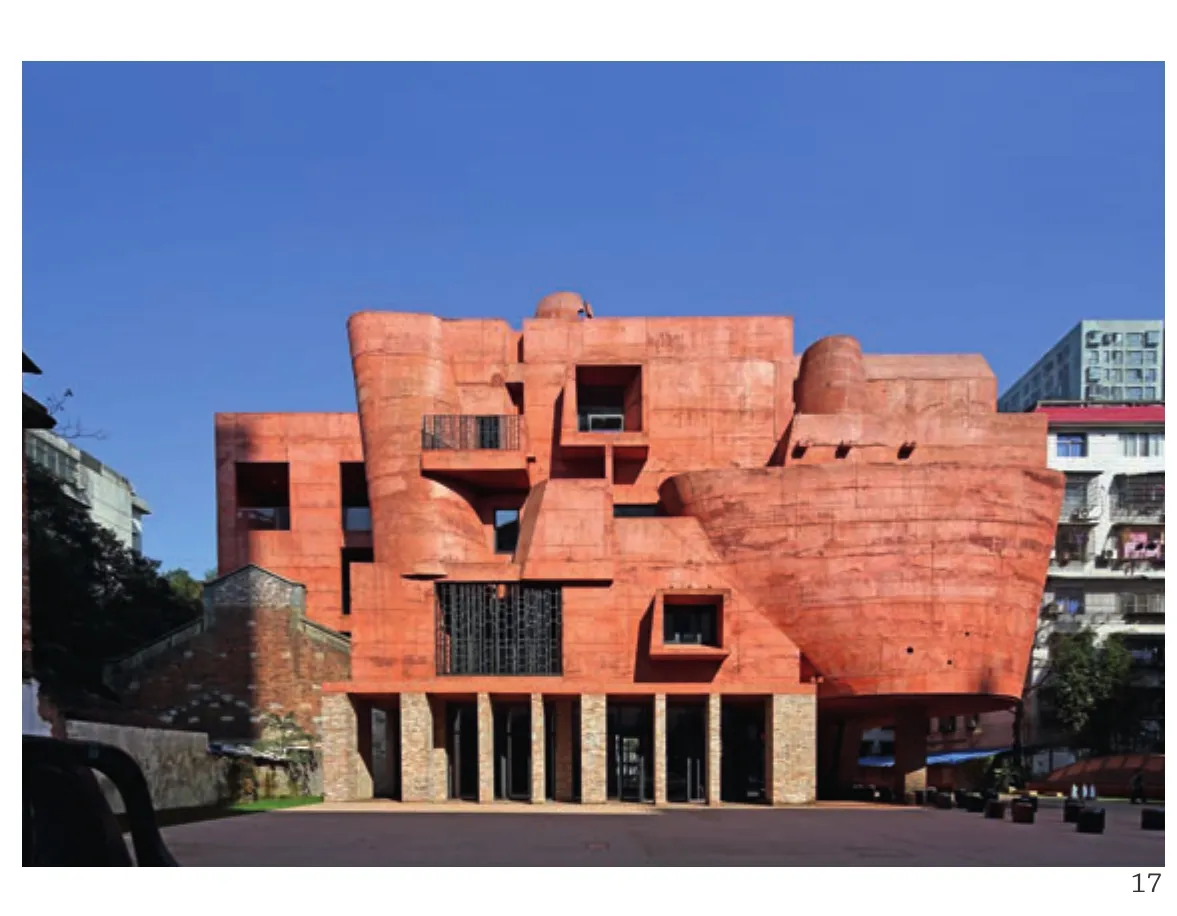
17 钵子菜博物馆外景/Exterior view of the Museum of Pots
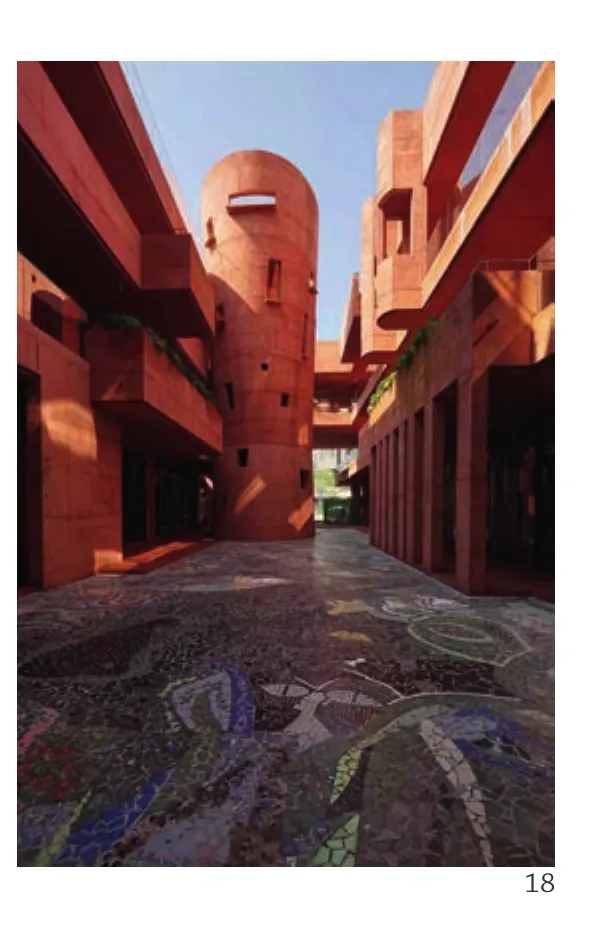
18 钵子菜博物馆内院/Inner courtyard of the Museum of Pots
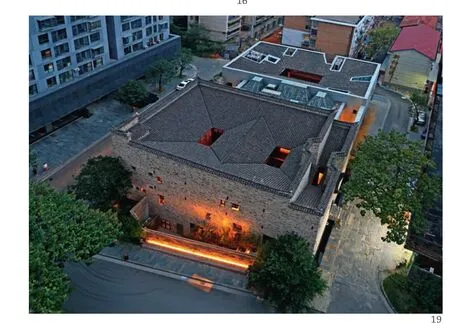
19 窨子屋博物馆鸟瞰/Aerial view of Old West Gate Yinziwu Museum
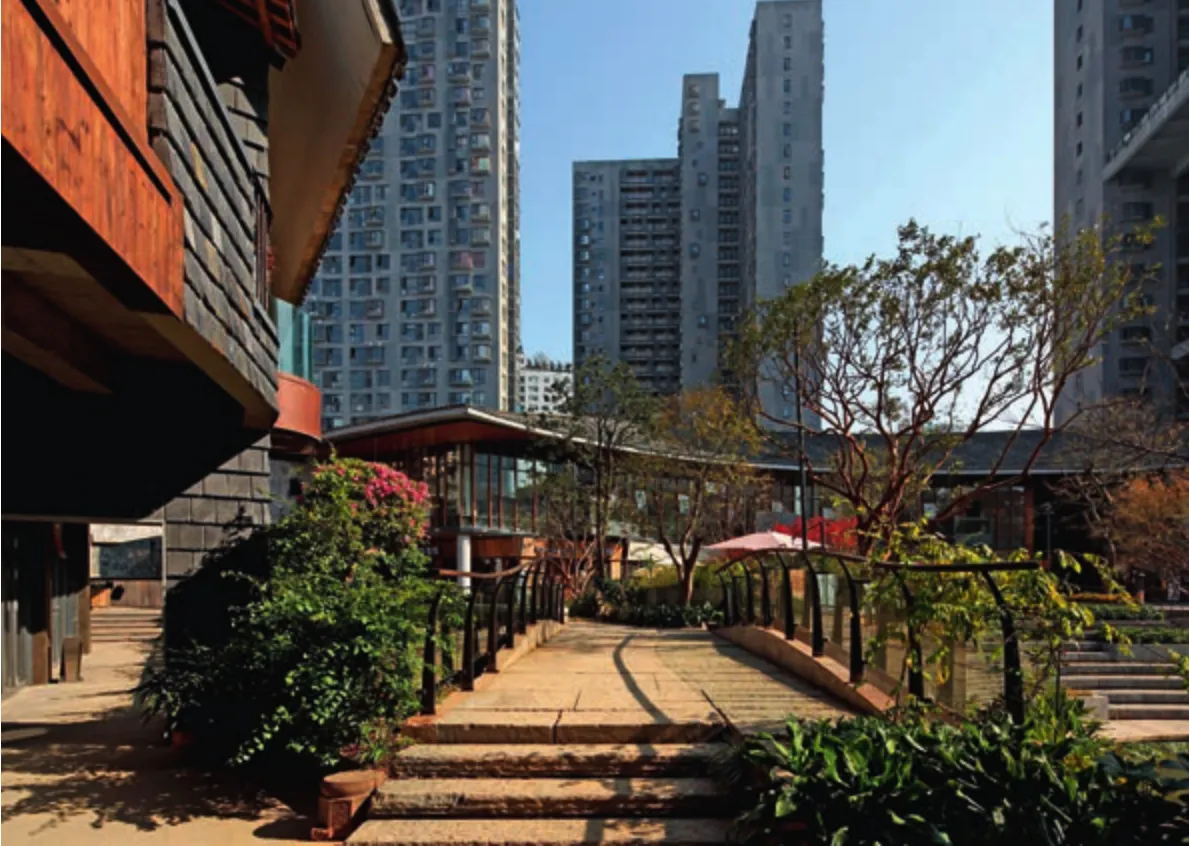
20.21 葫芦口商业与回迁楼/Hulukou business and indigenous people apartment building

21 葫芦口商业与回迁楼/Hulukou business and indigenous peple aartmt bidig
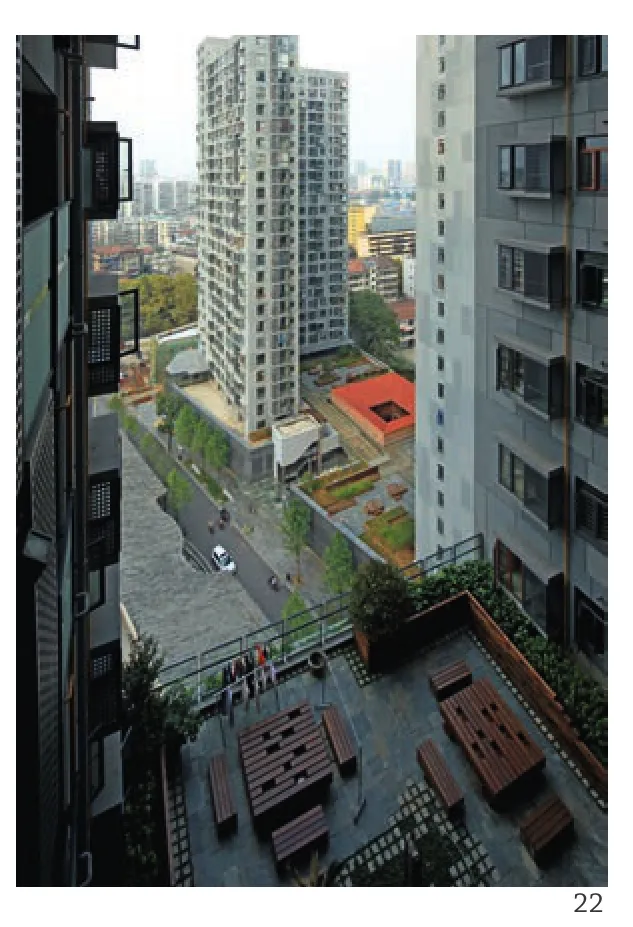
22 回迁楼与社区中心/Indigenous people apartment building and the community centre
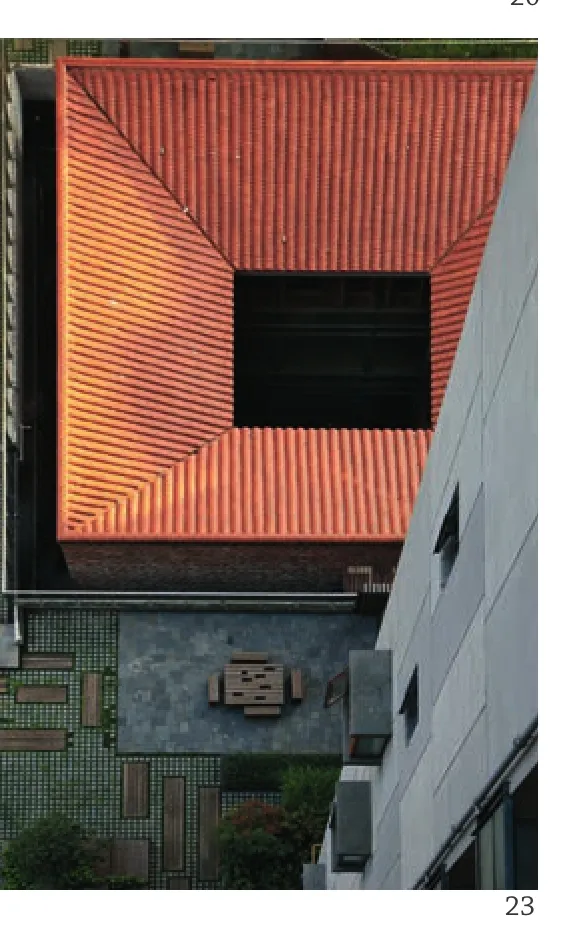
23 社区中心鸟瞰/Aerial view of the community centre
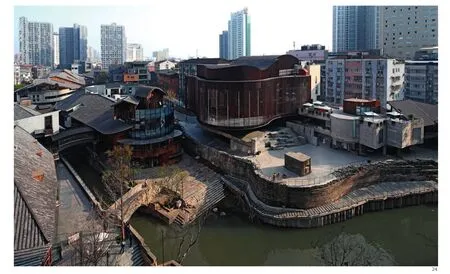
24 丝弦剧场鸟瞰/Aerial view of Old West Gate Silk String Theatre
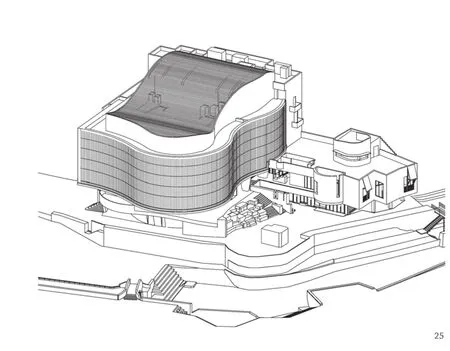
25 丝弦剧场轴测/Axonometric model of Old West Gate Silk String Theatre
评委评语
建筑师团队深耕当地7年,工作内容涵盖总体规划到室内细部设计的全部范围,保证了作品无可挑剔的完成度。设计者通过创造性的规划设计,实现了棚户区1600户原住居民100%就地回迁率,凸显出建筑师的城市人文态度与社会关怀。在600m长的街区尺度上,该项目近乎完美地实现了新旧共生、多元丰富、活跃积极的城市环境与社会生态再造。作品充满难能可贵的原创精神,堪称中国当代教科书级别的城市改造设计典范。
Jury Statement
The team of architects has been deeply rooted in the local market for seven years, offering various professional services ranging from general planning to interior design and ensuring an impeccable degree of completion for this project.Owing to their creative planning and design, all 1600 original residents in the shanty area finally moved back to the original redevelopment area, affirming the architects' humanistic care. In the 600-metre-long street block, this project has managed to create a diverse culture, active urban environment, and social ecology that allows the coexistence of old and new things in an almost perfect manner. This project is full of praiseworthy originality, and it is a role model for urban renewal design in contemporary China.

